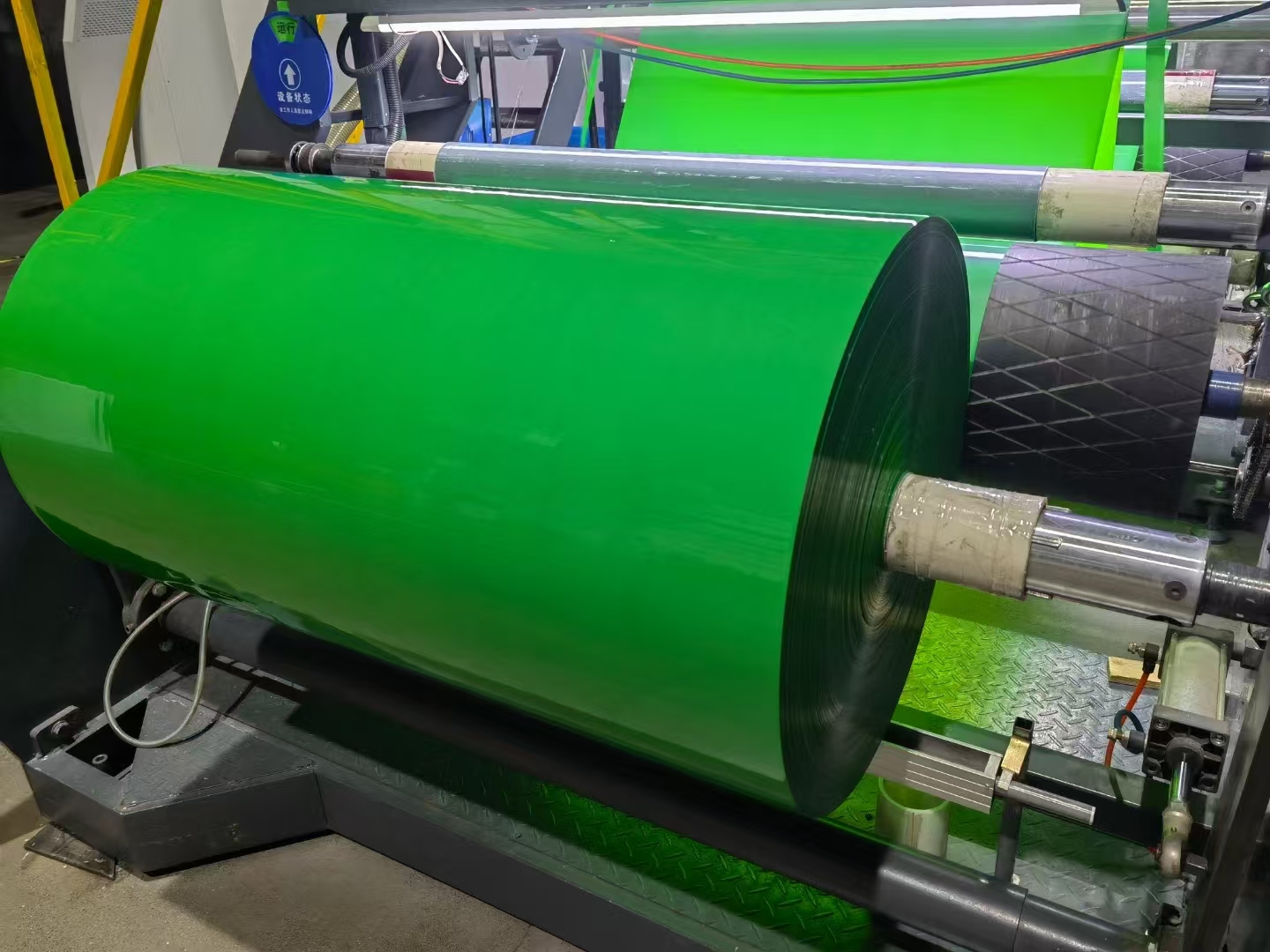Plastic films have become essential in packaging industries due to their versatility and efficiency. Among these, BOPP (Biaxially Oriented Polypropylene) and PE (Polyethylene) films are two of the most commonly used materials. Although both serve similar purposes in packaging and industrial applications, they differ significantly in composition, manufacturing, and usage. This article dives deep into their characteristics, advantages, and which film is best suited for specific applications.
Introduction to BOPP and PE Films
Overview of Plastic Films in Packaging
Plastic films play a crucial role in modern packaging. Their lightweight nature, durability, and protective properties make them ideal for preserving goods during transport, storage, and retail. Both BOPP and PE films stand out due to their ability to meet the diverse needs of industries like food packaging, consumer goods, and agriculture.
Why BOPP and PE Films Are Commonly Used
Both BOPP and PE films offer unique benefits such as moisture resistance, printability, and high flexibility. These films are cost-effective and easy to produce, making them staples in industries that prioritize efficiency and functionality.
Understanding BOPP Film
Definition of BOPP Film
BOPP, or Biaxially Oriented Polypropylene, is a polypropylene film stretched in both directions—longitudinally and transversely. This stretching process enhances its physical properties, making it stronger, more transparent, and better suited for high-performance packaging needs.
Manufacturing Process of BOPP Film
Biaxial Orientation Explained
The biaxial orientation involves heating and stretching polypropylene film in two perpendicular directions. This process increases tensile strength, reduces thickness variation, and ensures the film is uniform and clear.
Key Properties of BOPP Film
Transparency and Clarity
BOPP films have excellent transparency, making them visually appealing for retail packaging. They are commonly used where product visibility is essential.
Moisture Resistance
One of the standout features of BOPP film is its ability to resist moisture, keeping products dry and intact over extended periods.
Recyclability
BOPP is recyclable, making it a more sustainable option for industries looking to minimize their environmental impact.
Applications of BOPP Film
Food Packaging
BOPP films are widely used in food packaging for snacks, confectionery, and baked goods due to their excellent barrier properties.
Labeling
The superior printability of BOPP film makes it ideal for producing high-quality labels.
Industrial Uses
Apart from packaging, BOPP films find applications in laminations, decorative purposes, and adhesive tapes.
Understanding PE Film
Definition of PE Film
PE film, made from polyethylene polymers, is a highly flexible and durable material. It is widely used in various industries due to its excellent chemical resistance and affordability.
Types of PE Film
LDPE (Low-Density Polyethylene)
LDPE films are soft, flexible, and used in applications like plastic bags and shrink wraps.
HDPE (High-Density Polyethylene)
HDPE films are stiffer and more durable, making them suitable for industrial-grade packaging.
LLDPE (Linear Low-Density Polyethylene)
LLDPE combines strength and flexibility, commonly used in agricultural films and stretch wraps.
Key Properties of PE Film
Flexibility
PE films, especially LDPE and LLDPE, are incredibly flexible, making them suitable for a range of applications.
Chemical Resistance
Polyethylene’s resistance to chemicals ensures its durability in harsh environments.
Durability
PE films are robust and can handle heavy loads, making them ideal for industrial packaging.
Applications of PE Film
Industrial Packaging
PE films are commonly used in the packaging of bulk items and construction materials.
Agricultural Uses
Farmers use PE films in greenhouse covers and mulch films to protect crops.
Consumer Goods Packaging
Products like grocery bags and protective wraps rely on PE films for durability and cost efficiency.
Major Differences Between BOPP and PE Films
Material Composition
BOPP films are made from polypropylene, while PE films are made from polyethylene polymers. This distinction leads to differences in their physical and chemical properties.
Manufacturing Techniques
BOPP involves a biaxial orientation process, while PE films are produced through extrusion methods.
Physical Properties
Strength
BOPP films are stronger and have higher tensile strength compared to PE films.
Clarity
BOPP films offer better clarity, whereas PE films are often more opaque.
Environmental Considerations
Both films are recyclable, but BOPP has an edge in transparency and sustainability due to its lighter weight and reduced material usage.
Cost and Availability
PE films are generally more affordable and widely available compared to BOPP films, which are specialized for certain applications.











